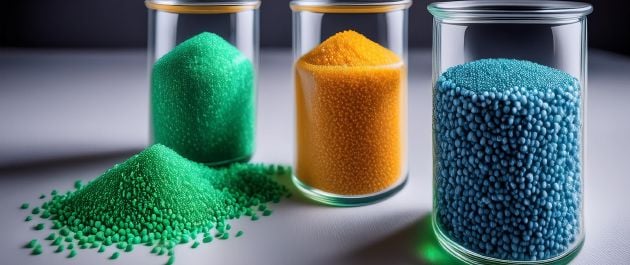A RAL Code Guide For Designers and Purchasers
When it comes to selecting the right color for your electrical enclosures or industrial equipment, RAL codes are an invaluable tool. The RAL color matching system is widely used across Europe and beyond, providing a standardized approach to selecting and specifying colors. In this blog post, we'll delve into what RAL codes are, what you need to know before choosing a RAL code, and other key information to consider before making a purchase.
What Are RAL Codes?
RAL codes are a set of standardized color codes developed and maintained by the German RAL Institute. Established in 1927, the RAL system has become a widely recognized standard for colors, particularly in industrial and manufacturing sectors. Each RAL color is identified by a unique number and name, ensuring consistency and accuracy in color communication.
The RAL color system is divided into several collections:
- RAL Classic: The original collection with around 213 colors, widely used in various industries including construction, manufacturing, and design.
- RAL Design: A more extensive collection with 1,625 colors, designed for more precise color differentiation and typically used by designers and architects.
- RAL Effect: This collection includes 420 solid colors and 70 metallic colors, offering a range of options for special finishes and effects.

What to Know Before Choosing a RAL Code
Choosing the right RAL code for your electrical or industrial project is crucial to achieving the desired aesthetic and functional results. Here are some key considerations to keep in mind:
- Purpose and Application: Consider the specific requirements of your project. For example, enclosures for electronic components may need to be color-coded for safety and compliance reasons. Different environments and materials may require different types of paints or coatings. For instance, exterior applications might need weather-resistant colors, while interior applications could focus more on aesthetic appeal and integration with other equipment.
- Color Consistency: One of the main advantages of RAL codes is their consistency. When you choose a RAL color, you can be confident that the color will be the same across different manufacturers and batches. This is particularly important for large projects or when replacing or expanding existing equipment where color consistency is critical.
- Finish and Texture: RAL colors can come in various finishes such as matte, glossy, or metallic. The finish can significantly impact the final appearance and functionality of the color. For instance, a glossy finish might be suitable for sleek, modern designs, while a matte finish could be better for reducing glare in work environments.
- Durability and Maintenance: Consider the durability and maintenance requirements of the color you choose. Electrical enclosures and industrial equipment often face harsh conditions, so selecting a color with a suitable finish that can withstand wear and tear, exposure to chemicals, and other environmental factors is crucial. Metallic finishes might be more prone to scratches and require regular upkeep.
- Compliance and Safety: Ensure that the colors you choose comply with industry standards and regulations. Some industries have specific color codes for safety and identification purposes. For example, certain colors might be used to indicate hazardous areas, grounding points, or emergency equipment.

Other Things to Consider About RAL Codes
Here are some additional points to keep in mind when working with RAL codes:
- Availability: While RAL is a widely recognized system, not all colors may be readily available. It's important to check the availability of your chosen color with Altinkaya before making a decision.
- Customization: In some cases, you might need a custom color that isn't available in the standard RAL collections. You can contact Altinkaya to see color-matching services to create custom colors based on your specifications.
- Environmental and Safety Considerations: Depending on your project, you may need to consider environmental and safety factors. Some paints and coatings may contain volatile organic compounds (VOCs) or other hazardous materials. Make sure to choose products that comply with relevant regulations and are safe for your intended use.
- Cost: The cost of RAL colors can vary depending on the type of paint or coating, and the finish.
- Lighting Conditions: The appearance of a color can change depending on the lighting conditions. It's advisable to view color samples in the actual lighting conditions where they will be used. This will help you see how the color looks in natural daylight versus artificial lighting.
- Color Samples: Before making a final decision, it's a good idea to obtain physical color samples. This can prevent costly mistakes and ensure you're happy with your choice.
Conclusion
RAL codes are an invaluable tool for ensuring color consistency and accuracy across a wide range of electrical and industrial applications. By understanding what RAL codes are and considering key factors such as the purpose of your project, color consistency, finish, durability, compliance, and more, you can make an informed decision when choosing a RAL color. Don't forget to check the availability, consider environmental and safety factors, and assess the durability and maintenance requirements of your chosen color. With these considerations in mind, you'll be well-equipped to select the perfect RAL color for your needs.
















